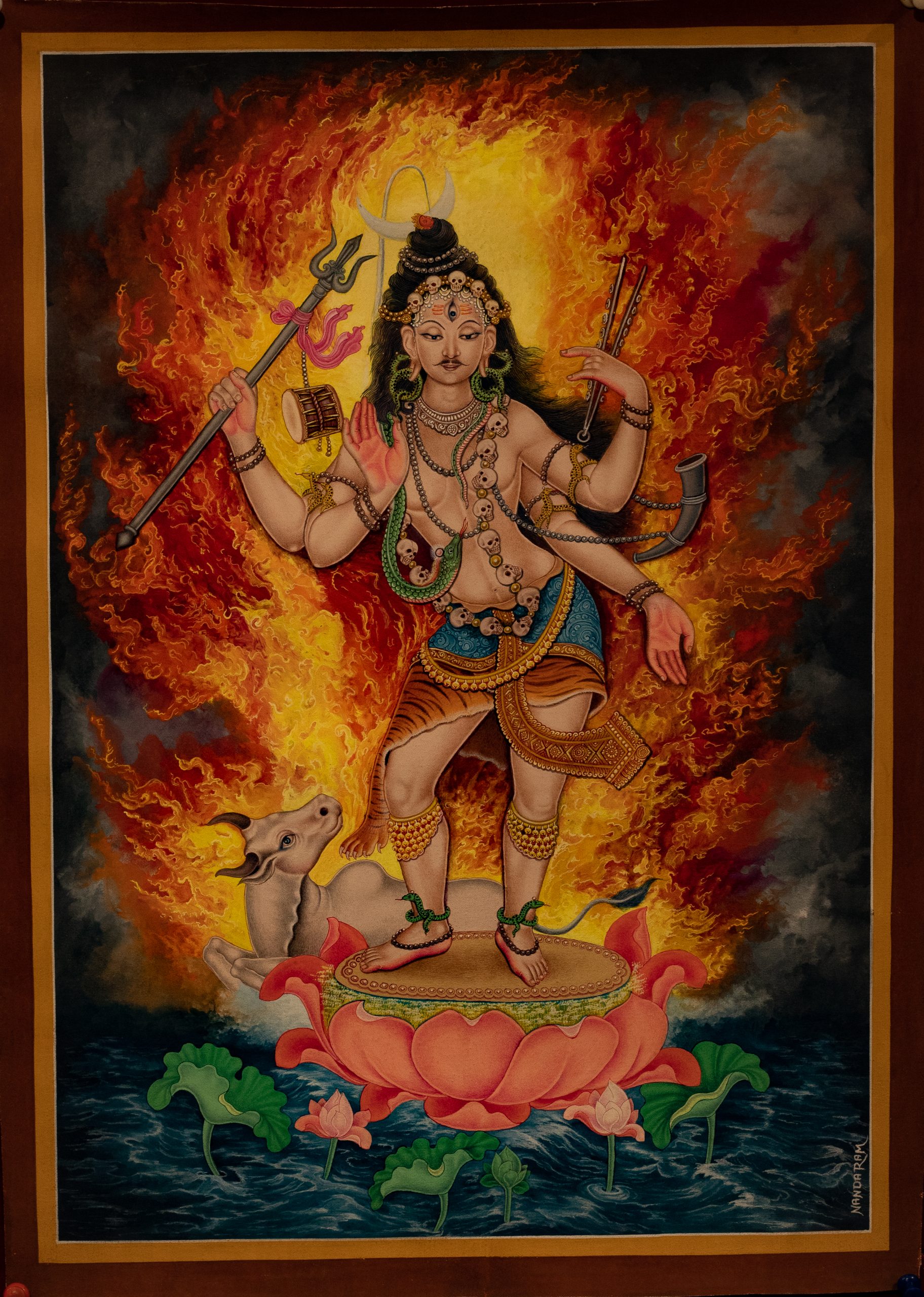
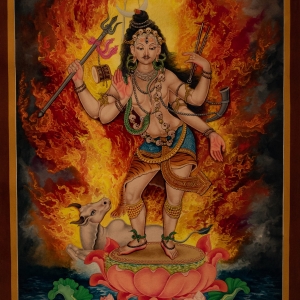
Description
Shiva,
Shiva is represented in a variety of forms: in a pacific mood with his consort Parvati and son Skanda, as the cosmic dancer (Nataraja), as a naked ascetic, as a mendicant beggar, as a yogi, as a Dalit (formerly called untouchable) accompanied by a dog (Bhairava), and as the androgynous union of Shiva and his consort in one body, half-male and half-female (Ardhanarishvara). He is both the great ascetic and the master of fertility, and he is the master of both poison and medicine, through his ambivalent power over snakes. As Lord of Cattle (Pashupata), he is the benevolent herdsman—or, at times, the merciless slaughterer of the “beasts” that are the human souls in his care. Although some of the combinations of roles may be explained by Shiva’s identification with earlier mythological figures, they arise primarily from a tendency in Hinduism to see complementary qualities in a single ambiguous figure.
Shiva is usually depicted in painting and sculpture as white (from the ashes of corpses that are smeared on his body) with a blue neck (from holding in his throat the poison that emerged at the churning of the cosmic ocean, which threatened to destroy the world), his hair arranged in a coil of matted locks (jatamakuta) and adorned with the crescent moon and the Ganges (according to legend, he brought the Ganges River to earth from the sky, where she is the Milky Way, by allowing the river to trickle through his hair, thus breaking her fall). Shiva has three eyes, the third eye bestowing inward vision but capable of burning destruction when focused outward. He wears a garland of skulls and a serpent around his neck and carries in his two (sometimes four) hands a deerskin, a trident, a small hand drum, or a club with a skull at the end. That skull identifies Shiva as a Kapalika (“Skull-Bearer”) and refers to a time when he cut off the fifth head of Brahma. The head stuck to his hand until he reached Varanasi (now in Uttar Pradesh, India), a city sacred to Shiva. It then fell away, and a shrine for the cleansing of all sins, known as Kapala-mochana (“The Releasing of the Skull”), was later established in the place where it landed.
Free Shipping & Returns
For all orders over $999
Secure Payment
We ensure secure payment
Money Back Guarantee
Any back within 30 days
Customer Support
Call or email us 24/7
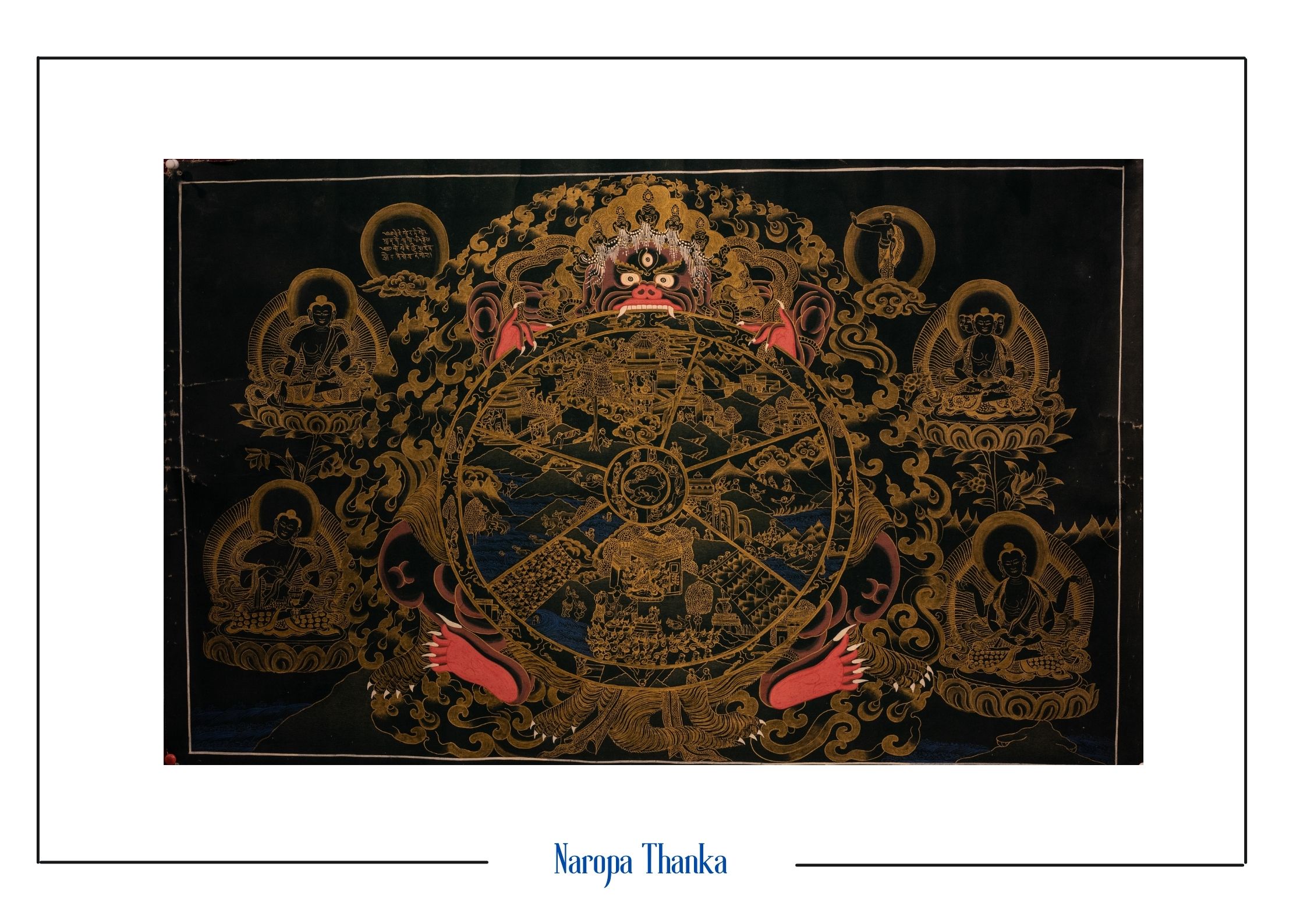
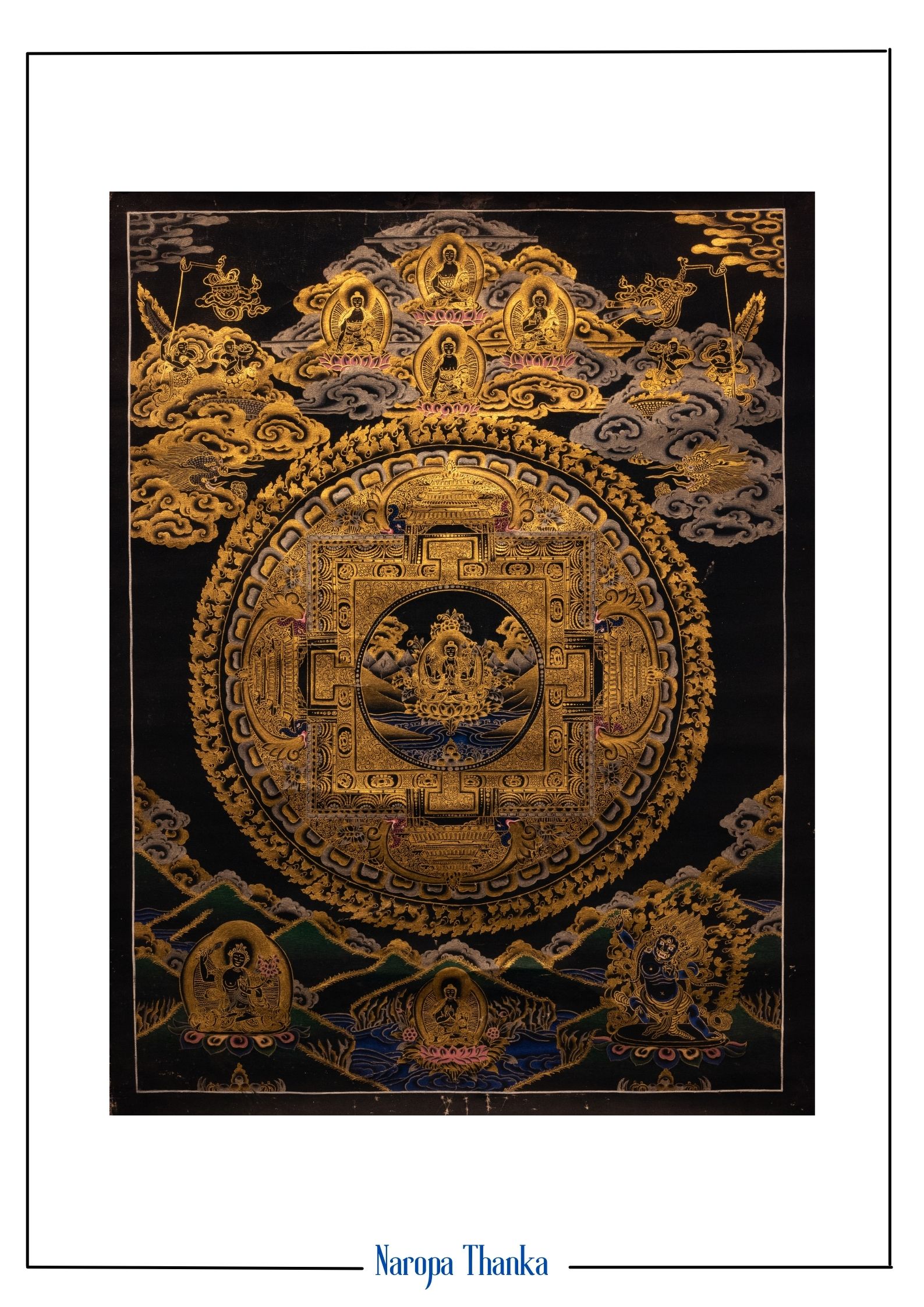
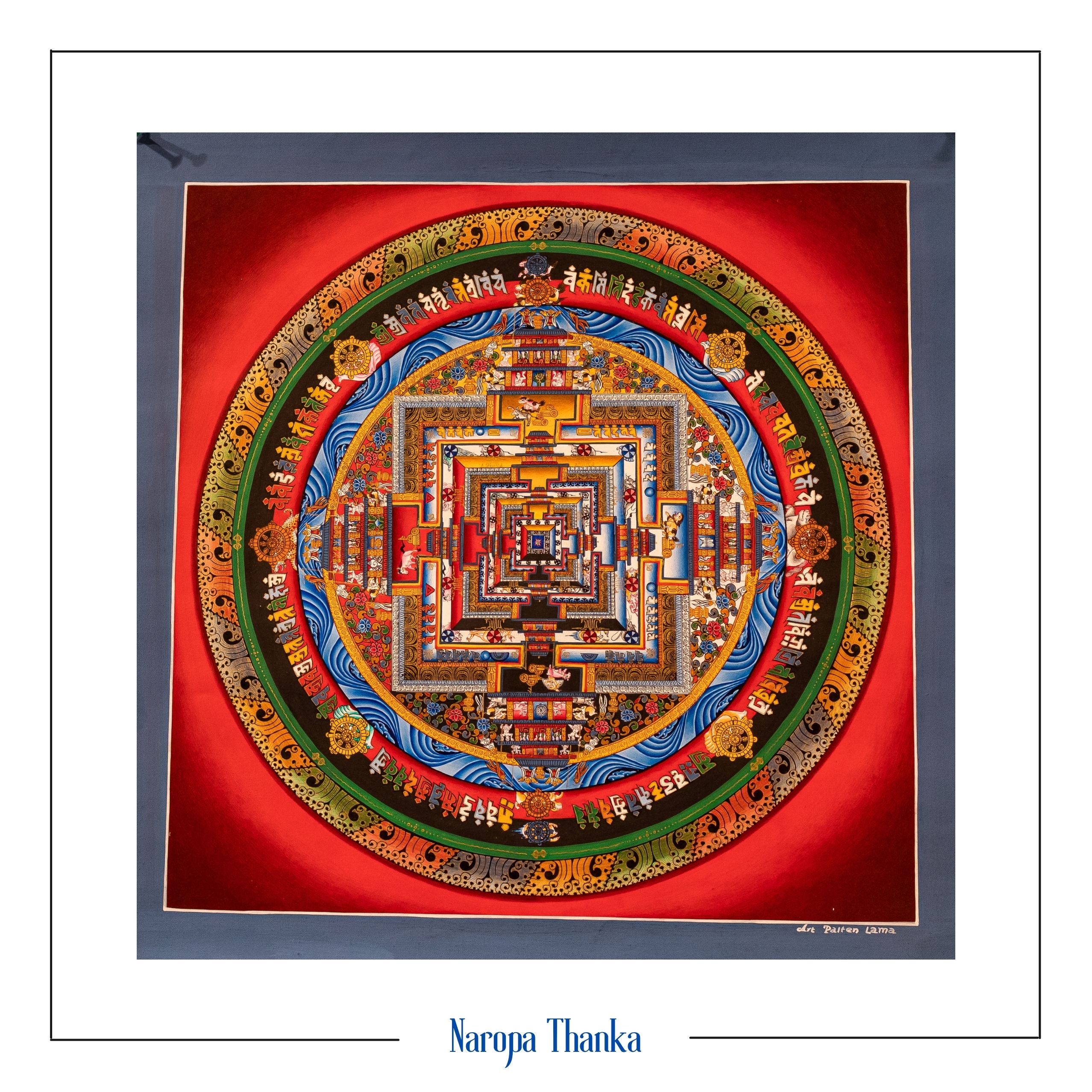
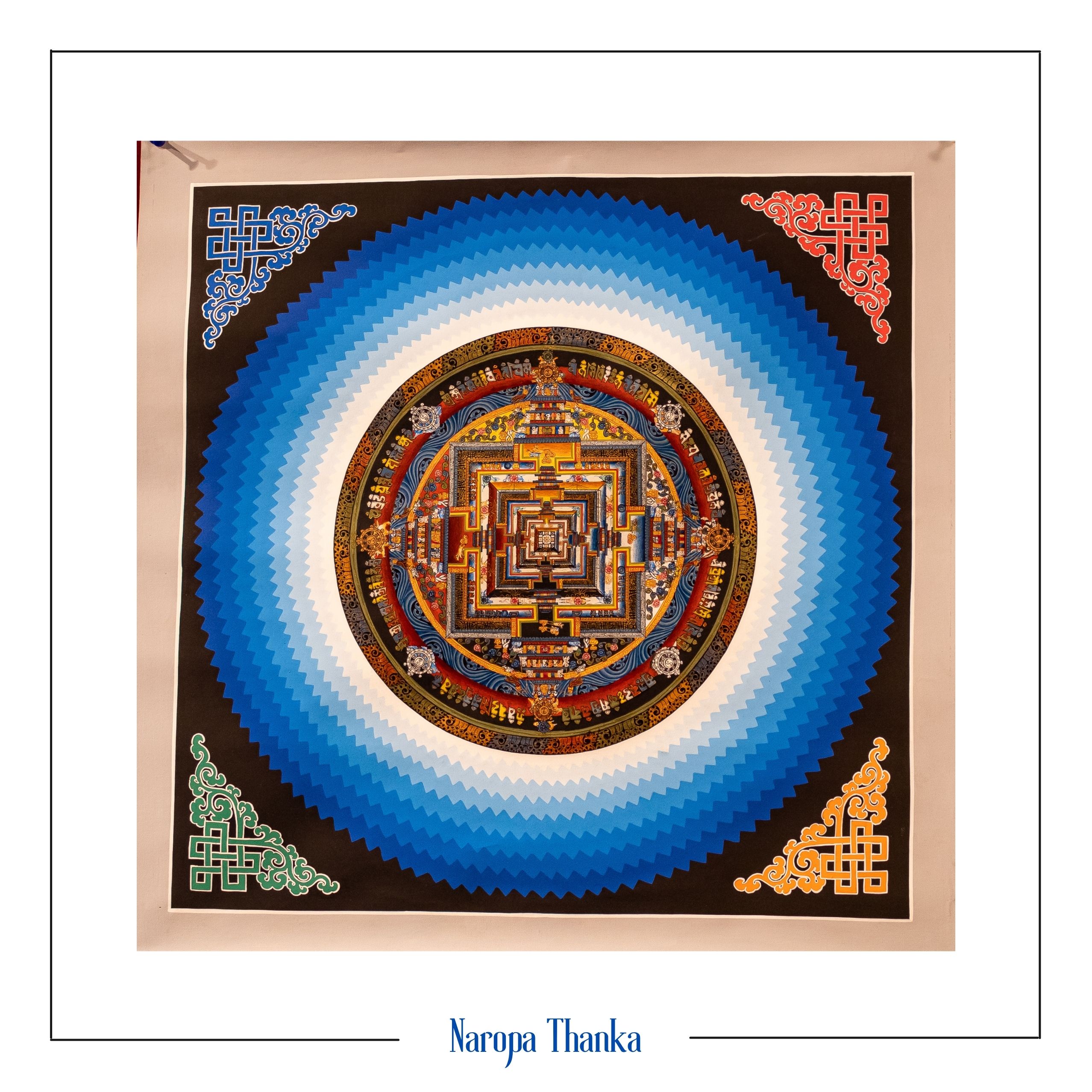
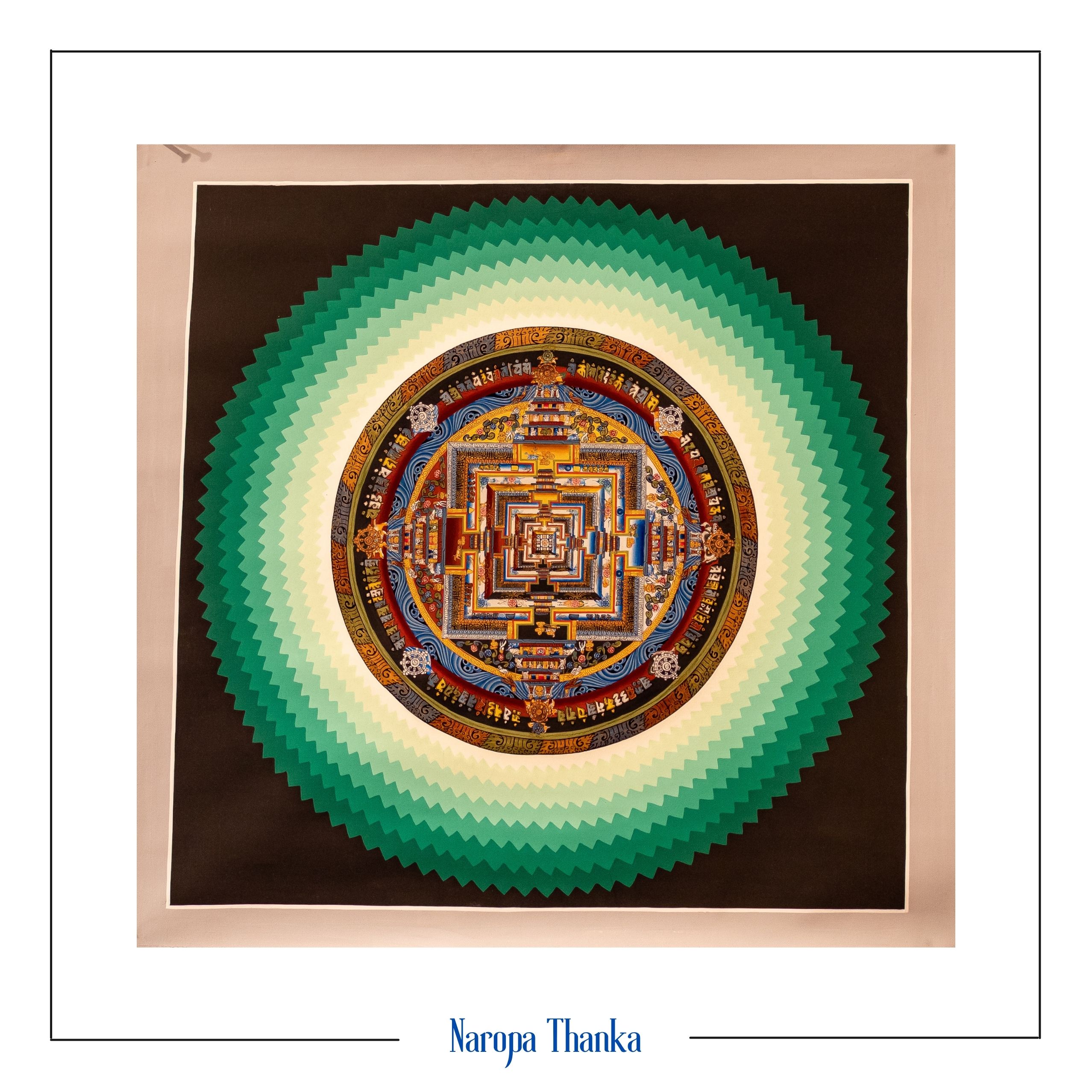

Reviews
There are no reviews yet.